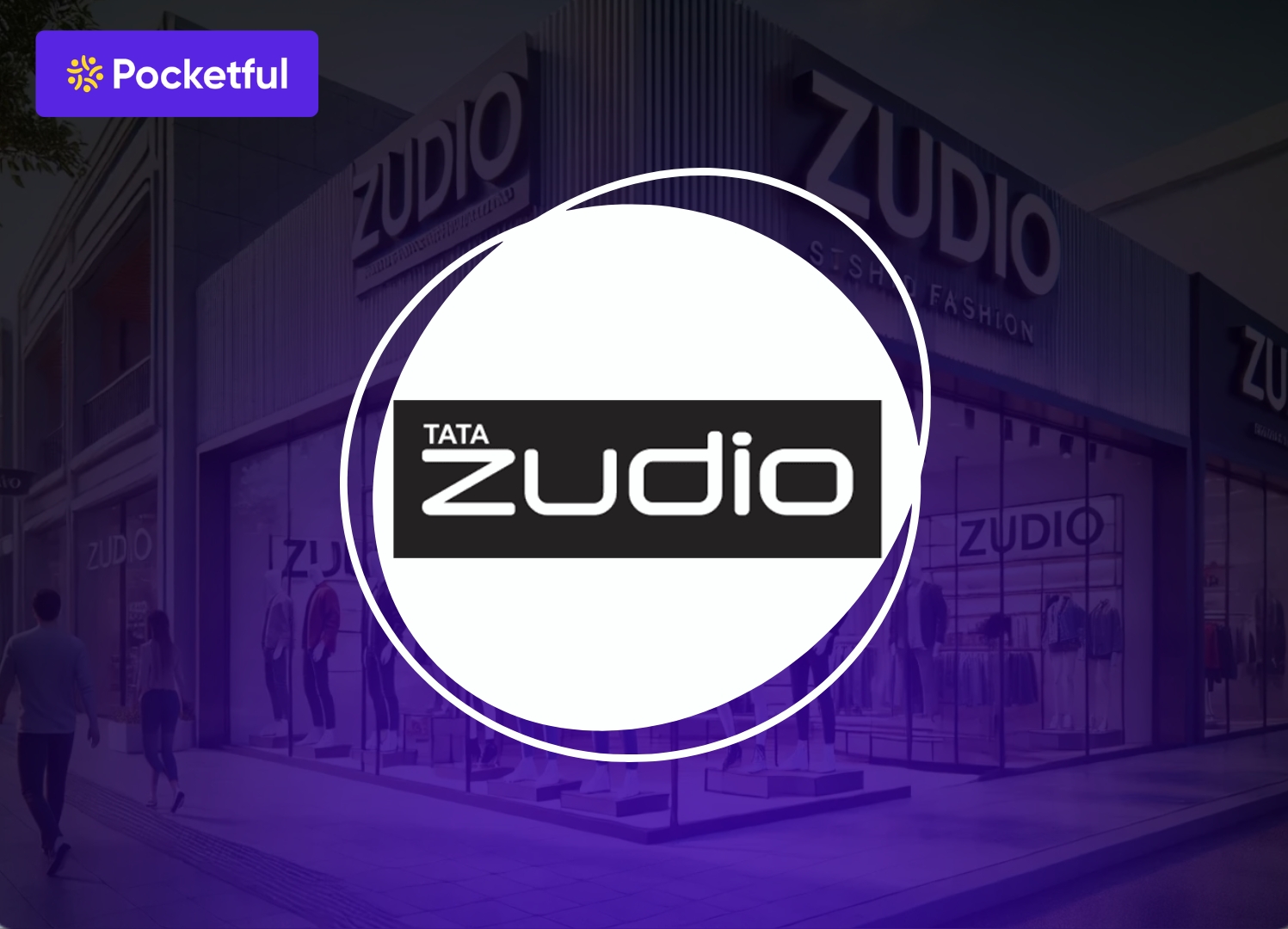IPOs have been the primary choice of investment for many traders for years. It allows you to enter the market early and helps you with better earning opportunities as well. But have you ever wondered which were the biggest IPO in India that were ever launched?
Well, this is important to know as this will help you to not only understand more about the company but also about how well they were received in the market. So, while there have been many notable ones, here we will discuss the largest IPO in India.
So, read this guide and explore all the details you need to ensure you know about the market and performance well. Let us get started here, then.
Top 10 Largest IPO in India
If you are wondering which is India’s biggest IPO, then you would be surprised to know that these come from various sectors and industries. Many people might think that they belong to IT or FMCG, but the actual span is really wide here. So, let’s now explore the details of the top 10 IPOs in India.
| Company Name | Sector | Issue Dates | Issue Size (₹ Crore) | Price Band (₹) | Listing Date | Listing Price / % Change | Closing Price / % Change | Lot Size (Shares) |
|---|---|---|---|---|---|---|---|---|
| Hyundai Motor India | Automobile | 15 – 17 Oct 2024 | 27,858.75 | 1,865 – 1,960 (Employee Discount ₹186) | 22 Oct 2024 | ₹1,934 (↓1.33%) | ₹1,819.60 (↓7.16%) | 7 |
| LIC (Life Insurance Corporation of India) | Insurance | 4 – 9 May 2022 | 20,557.23 | 902 – 949 (Retail Discount ₹45) | 17 May 2022 | ₹872 (↓8.11%) | ₹875.25 (↓7.77%) | 15 |
| Paytm (One97 Communications Ltd) | Fintech | 8 – 10 Nov 2021 | 18,300 | 2,080 – 2,150 (Retail Discount 5%) | 18 Nov 2021 | ₹1,950 (↓9.30%) | ₹1,560 (↓27.44%) | 6 |
| Tata Capital Ltd | Financial Services | 6 – 8 Oct 2025 | 15,511.87 | 310 – 326 | 13 Oct 2025 | ₹330 (↑1.23%) | ₹330.50 (↑1.38%) | 46 |
| Coal India Ltd | Energy | 18 – 21 Oct 2010 | 15,200 | 225 – 245 (Retail Discount 5%) | 4 Nov 2010 | ₹291 (↑25%) | ₹342.55 (↑47.17%) | 25 |
| HDB Financial Services Ltd | NBFC | 25 – 27 Jun 2025 | 12,500 | 700 – 740 | 2 Jul 2025 | ₹835 (↑12.84%) | ₹840.95 (↑13.64%) | 20 |
| Reliance Power Ltd | Power | 15 – 18 Jan 2008 | 11,700 | 405 – 450 | 11 Feb 2008 | ₹530 (↑17.77%) | ₹372.30 (↓17.27%) | 15 |
| LG Electronics India Ltd | Consumer Electronics | 7 – 9 Oct 2025 | 11,607.01 | 1,080 – 1,140 (Employee Discount ₹108) | 14 Oct 2025 | ₹1,710 (↑50.01%) | ₹1,689.90 (↑48.24%) | 13 |
| Swiggy Ltd | Food Delivery & Tech | 6 – 8 Nov 2024 | 11,327.43 | 371 – 390 (Employee Discount ₹25) | 13 Nov 2024 | ₹420 (↑7.69%) | ₹456 (↑16.92%) | 38 |
| General Insurance Corporation (GIC) of India | Insurance | 11 – 13 Oct 2017 | 11,256.83 | 855 – 912 (Retail Discount ₹45) | 25 Oct 2017 | ₹850 (↓1.96%) | ₹874.30 (↑0.84%) | 16 |
1. Hyundai Motor India
Hyundai Motor India’s IPO became India’s biggest IPO, raising ₹27,858.75 crore in October 2024. Despite strong institutional interest of 6.97 times, retail participation remained modest at 2.4 times. The stock listed at ₹1,934 per share but closed 7.16% lower at ₹1,819.60. The muted debut reflected investor caution toward auto stocks amid global market uncertainty, even though Hyundai’s brand strength made this offering a landmark in Indian capital market history.
2. Life Insurance Corporation of India (LIC)
The LIC IPO was among the largest IPO in India, mobilising ₹20,557.23 crore in May 2022. Backed by India’s biggest insurer, the issue attracted 3× overall subscription with strong retail and policyholder participation. However, post-listing, the shares declined nearly 10% within weeks due to valuation concerns and broader market volatility. Still, the listing marked a historic move in India’s disinvestment drive and drew massive nationwide investor attention.
3. Paytm (One97 Communications Ltd)
Paytm’s 2021 public issue stood as the biggest IPO in India at the time, raising ₹18,300 crore. Despite heavy anticipation, subscription stayed below two times, reflecting investor scepticism around profitability. The stock listed 9.3% lower and ended 27% down on debut day. While it showcased India’s growing fintech ambitions, Paytm’s weak listing underlined the risks of investing in high-growth but loss-making digital ventures during volatile market conditions.
4. Tata Capital Ltd
The Tata Capital IPO launched in October 2025. It was the highest IPO in India that year, raising ₹15,511.87 crore. As the flagship NBFC arm of Tata Group, it received solid subscription across investor classes and listed at a small premium of 1.23%. Supported by strong financials, brand trust, and steady RONW, Tata Capital’s debut reaffirmed investor confidence in diversified financial services and cemented its leadership in India’s lending ecosystem.
5. Coal India Ltd
Coal India’s 2010 issue long held the record for the biggest IPO in India, raising ₹15,200 crore through an oversubscription of over 15 times. The stock listed with a 17% premium and closed nearly 40% higher on debut day, rewarding investors handsomely. As the world’s largest coal producer and a PSU powerhouse, Coal India’s offering became a model for successful government disinvestments in India’s stock market.
6. HDB Financial Services Ltd
HDB Financial Services, a subsidiary of HDFC Bank, launched its IPO in June 2025, raising ₹12,500 crore and ranking among the largest IPOs in India. The issue was subscribed over 16+ times, driven by strong QIB demand and HDFC’s credibility. Listing with a 13% gain, HDB showcased solid financial performance, healthy loan book, and steady growth, making it one of the most successful NBFC listings of the year.
7. Reliance Power Ltd
Reliance Power’s 2008 public issue became one of the highest IPO in India during the market boom, collecting ₹11,700 crore. It was oversubscribed 73 times amid immense hype. Despite listing at a 17% premium, it ended the day with a 17% loss. This was due to the global financial crisis. The IPO remains a classic example of investor overexcitement followed by disappointment. This marks a turning point in IPO investing sentiment.
8. LG Electronics India Ltd
The LG Electronics India IPO was worth ₹11,607.01 crore. It was among the biggest IPO in India in 2025. The issue drew over 6.5 million applications. It was subscribed 54 times, reflecting massive investor enthusiasm. On listing day, shares opened 50% higher at ₹1,710 and closed 48% up at ₹1,689.90. This strong debut reinforced faith in India’s consumer electronics sector and highlighted LG’s brand strength among investors.
9. Swiggy Ltd
Swiggy’s ₹11,327.43 crore IPO in November 2024 ranked among the largest IPOs in India from the tech sector. Despite muted grey market expectations, the issue gained strong QIB backing and listed at ₹420, up 7.7%. It closed 16.9% higher at ₹456, exceeding market predictions. The listing underlined Swiggy’s dominant position in food delivery and growing investor confidence in India’s expanding digital-first economy.
10. General Insurance Corporation (GIC) of India
GIC’s October 2017 IPO raised ₹11,256.83 crore, positioning it among India’s biggest IPOs in the insurance sector. Despite limited retail and HNI participation, the listing managed a modest positive close thanks to a discount for small investors. The IPO marked India’s first reinsurance player going public. It helped in broadening exposure to the insurance industry and setting a precedent for future government-backed listings.
Read Also: Best Apps for IPO Investment in India
Conclusion
The story of the biggest IPO in India reflects how dynamic and diverse the country’s stock market has become. Every IPO represents a shift in investor confidence and market maturity.
These offerings show how sectors such as finance, insurance, automobiles, and technology continue to attract strong participation. And by understanding this, investors can ensure that they have a better investment journey. But to ensure you go ahead with correct details, you need to have an expert by your side.
Stay informed with Pocketful. Keep updated with the latest information and invest wisely.
Frequently Asked Questions (FAQs)
What makes an IPO successful in India?
A successful IPO depends on investor demand mainly. But then there are other factors which include fair pricing, market conditions, and the company’s growth potential after listing.
Which IPO gave the highest listing gains in India?
Coal India’s IPO in 2010 delivered over 40% listing gains. This makes it one of the most profitable public issues.
Why did some of the largest IPOs list at a discount?
Overvaluation, weak sentiment, or limited retail participation can lead to discounted listings even for large IPOs.
Which sector has seen the most big-ticket IPOs in India?
Financial services and insurance have dominated with massive public issues. These are from LIC, HDB Financial Services, and Tata Capital which reflect negative or Unchanged Gains.
What should investors check before applying for an IPO?
Investors should review the company’s fundamentals, business model & Valuation. Then they must do peer valuation and the SWOT analysis as well. This will help them understand the financial performance before investing.










